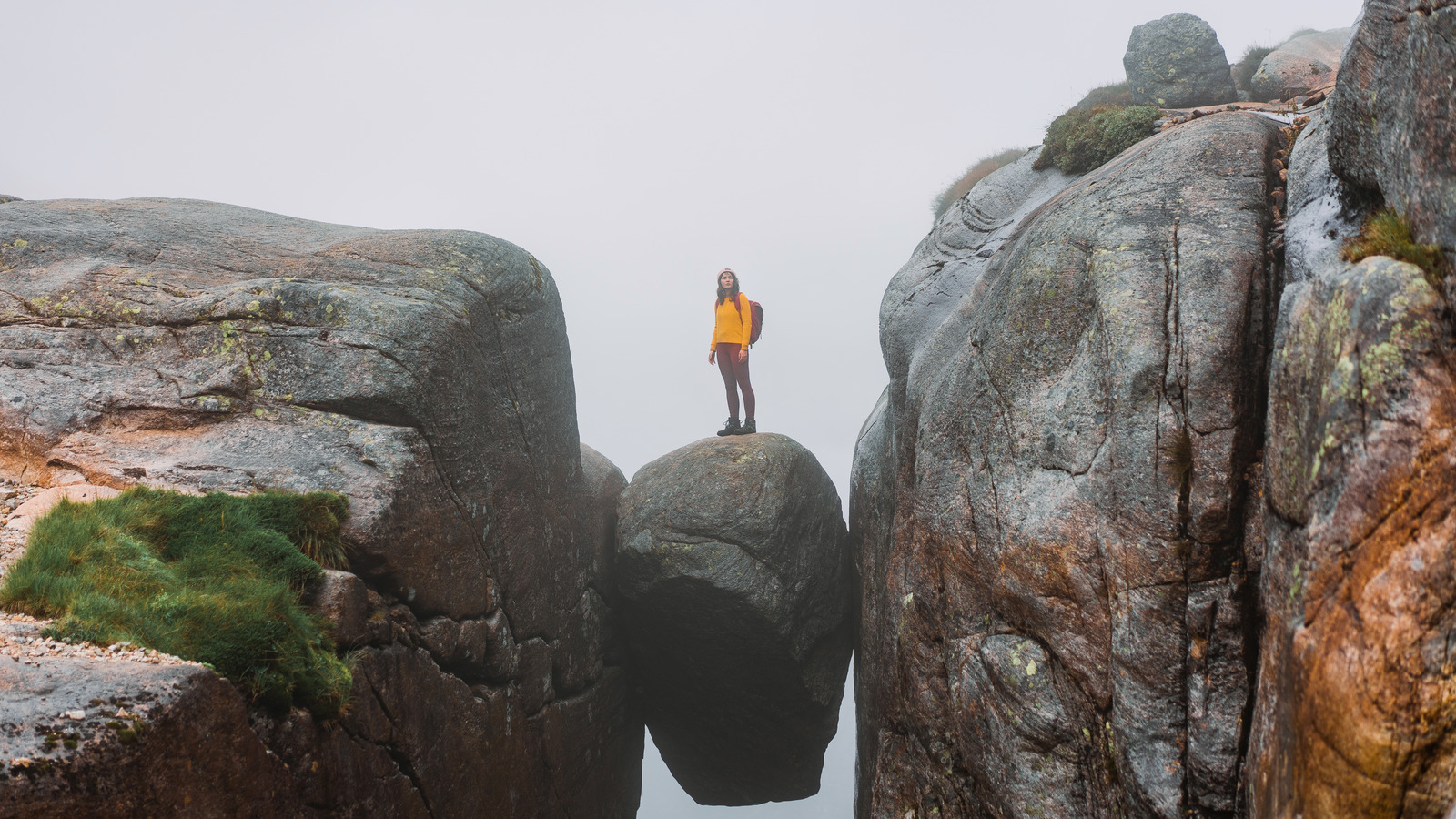9 Incredibly Dangerous Hikes in the U.S. Only the Brave Should Attempt
Hiking is a thrilling adventure, but there are some trails in the U.S. that even the most seasoned hikers should approach with caution. The beauty of these places can be deceiving, as they hide real dangers that can lead to severe injuries or even fatalities.
From exposed ridges to bear encounters, unpredictable weather to steep climbs, these hikes test your physical and mental limits. Here are nine of the most dangerous hikes in the U.S. that only the brave and prepared should attempt.
1. Angel’s Landing, Zion National Park
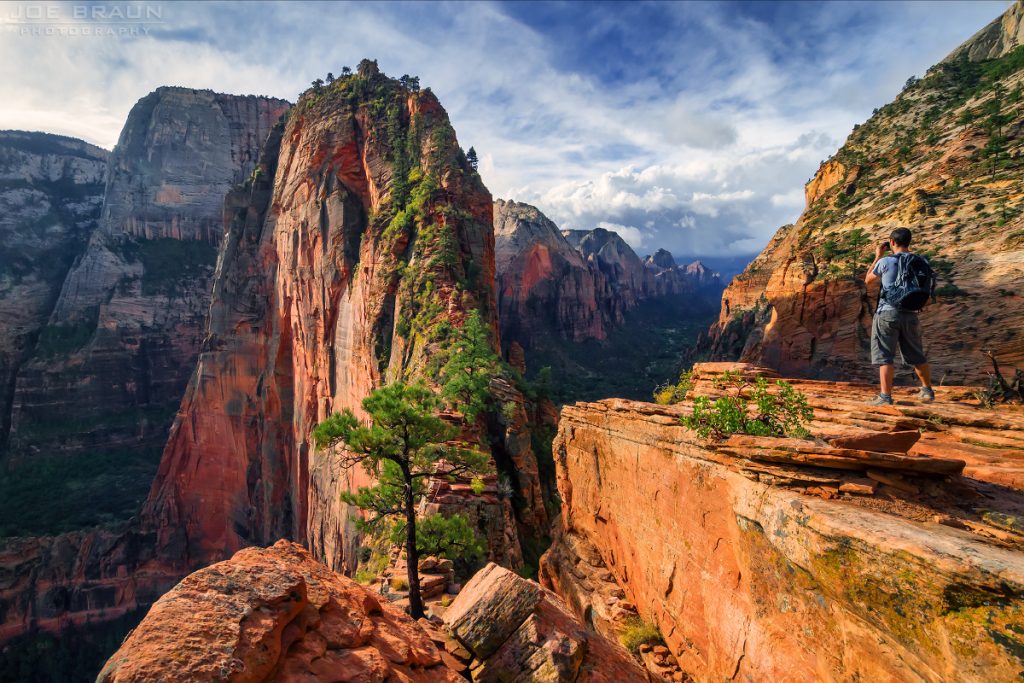
Angel’s Landing is a bucket-list hike for many outdoor enthusiasts, but it’s also one of the most perilous. Located in Zion National Park, this 5.4-mile trail lures adventurers with its scenic beauty, but the final half-mile is no walk in the park.
The last stretch of the hike involves a narrow, exposed ridge with steep drop-offs on both sides. Chains are available for assistance, but a single misstep could prove fatal. As of 2021, at least 13 people have lost their lives on this trail since 2000.
Crowds also add to the danger, as human traffic jams can create hazardous conditions. Hikers need a permit to climb Angel’s Landing, which adds to its exclusivity but doesn’t reduce the risks.
Must Read: Florida’s most dangerous road is U.S. 19 in Pinellas and Pasco counties, according to a study
2. Capitol Peak via the Knife Edge, Colorado
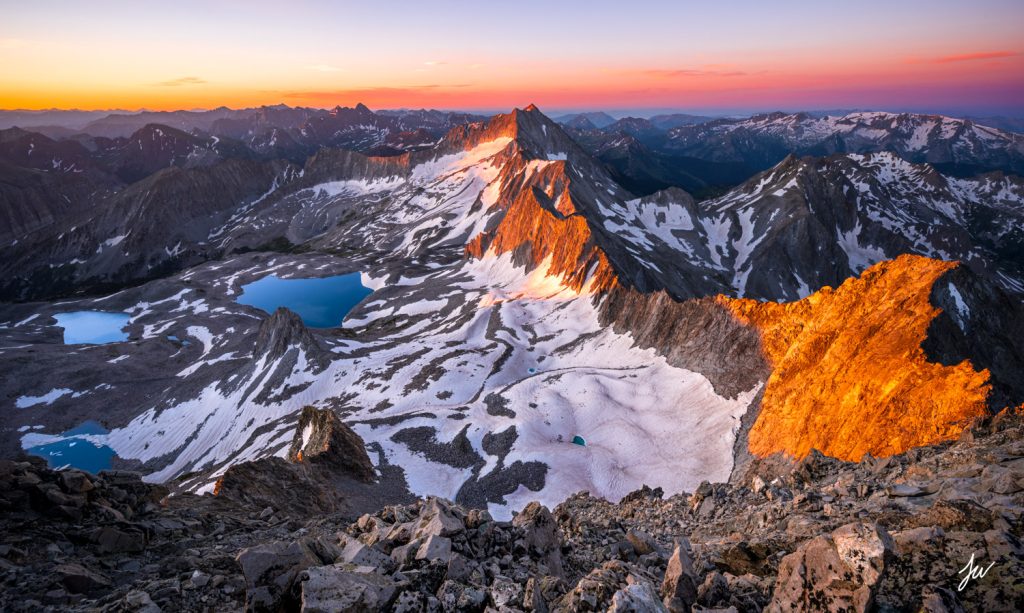
Capitol Peak is not just a mountain; it’s a true test of nerve. The most dangerous section is the Knife Ridge, a sharp blade of granite that drops off over 1,000 feet on both sides. This trail, located in Colorado’s Elk Range, requires extensive climbing skills and a calm demeanor.
One wrong step can lead to disaster, which is why this peak is notorious for accidents. In 2017, Capitol Peak claimed five lives in just six weeks.
For those who are determined to summit this 14,000-foot giant, the round-trip is 17 miles, filled with daunting challenges along the way. Scrambling and climbing experience are a must to tackle this trail.
3. Mist Trail and Half Dome Cables, Yosemite National Park
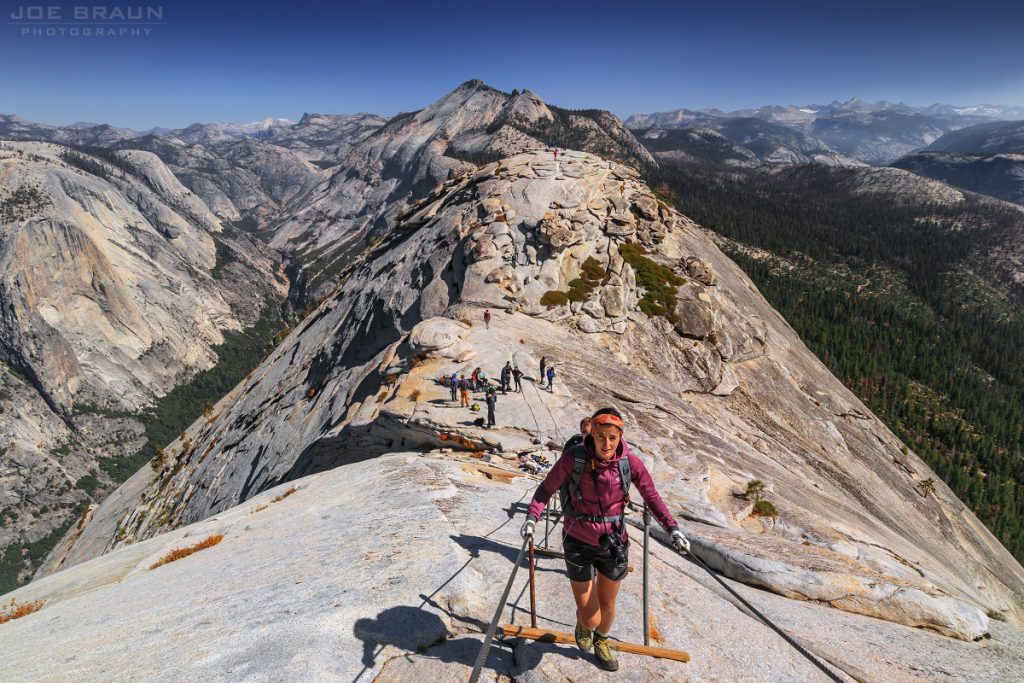
Yosemite’s Half Dome is one of the most famous landmarks in the U.S., and the hike to the top is equally legendary. The final ascent requires navigating the Half Dome Cables, a 400-foot section where steel cables assist hikers up the steep, exposed rock.
Though the cables provide some security, they don’t guarantee safety. The Mist Trail leading to Half Dome is also treacherous, especially near Vernal and Nevada Falls, which have claimed dozens of lives.
Slippery granite and unexpected storms add to the dangers, making this hike one of the riskiest in the country. Hikers need a permit to tackle Half Dome, and preparation is key to staying safe.
4. Huckleberry Trail, Glacier National Park
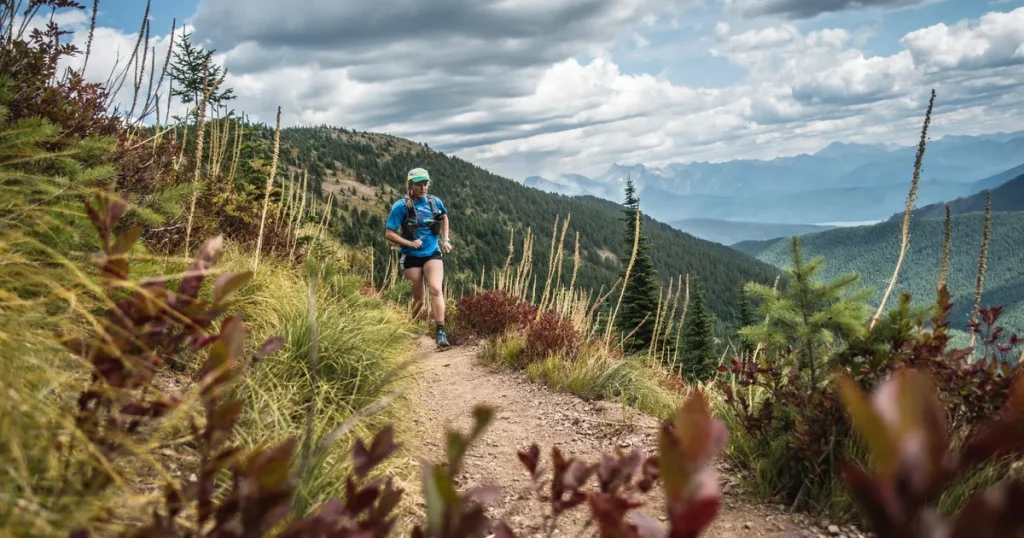
Huckleberry Trail in Glacier National Park is not for the faint-hearted, especially because of its grizzly bear population. Glacier is home to the densest concentration of grizzlies in the Lower 48, with about one bear per three square miles.
Hikers on this trail must always carry bear spray and stay alert. During peak berry season, the trail is often closed to protect visitors from bear encounters.
Even outside this time, the chance of running into a grizzly is high. The wild, rugged nature of the trail is appealing to adventurers, but it comes with significant risks.
5. Camp Muir, Mount Rainier National Park
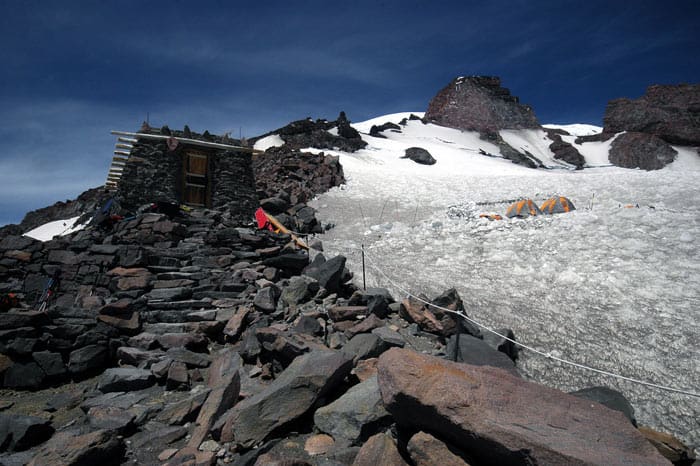
The hike to Camp Muir on Mount Rainier starts innocuously enough, but the journey quickly becomes treacherous as you ascend. The Muir Snowfield is a vast, unmarked stretch that hikers must navigate, and sudden storms can create whiteout conditions, making it nearly impossible to see or find your way.
More than 90 hikers have died on this route, and Mount Rainier itself has seen nearly 300 fatalities. Proper gear, including crampons and an ice ax, is essential, and those unfamiliar with snow travel should consider hiring a guide.
6. Chinitna Bay, Lake Clark National Park, Alaska
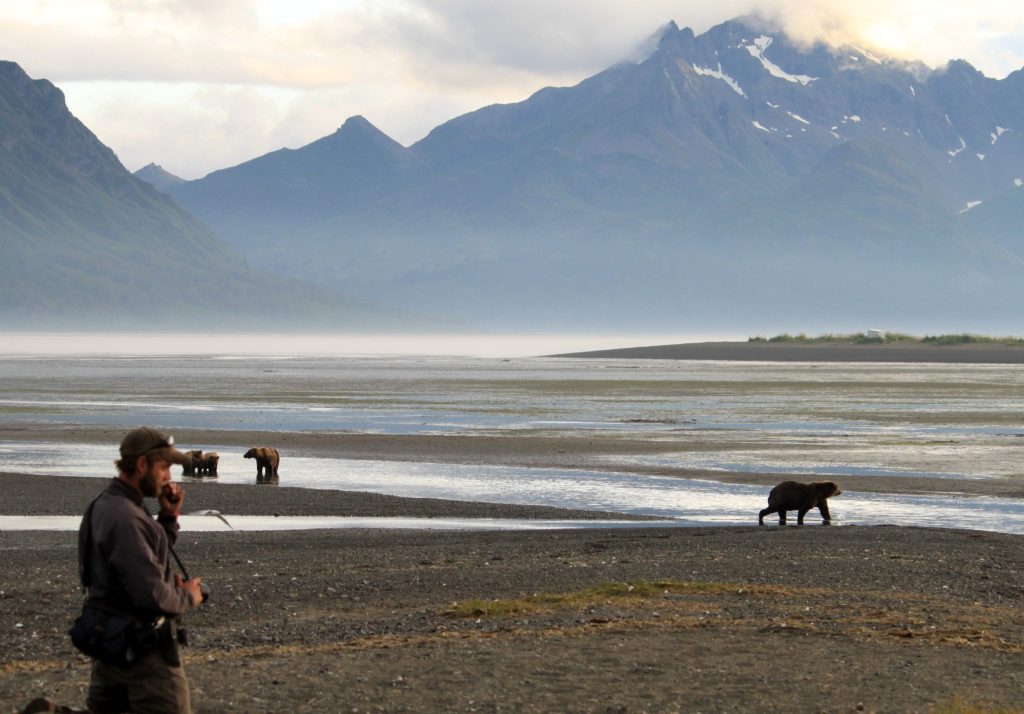
Chinitna Bay in Alaska’s Lake Clark National Park is one of the wildest places in the U.S., known for its high concentration of grizzly bears. Backpackers who venture here are allowed to hike through prime bear territory, with up to 20 bears often seen in a single location.
The 25-mile hike to Silver Salmon Creek is breathtaking, but it requires extensive preparation. Bear spray is a must, and travelers need to know how to handle encounters with these massive creatures. Hiking in Chinitna Bay is a risky yet rewarding adventure for those who are well-prepared.
7. Barr Trail, Pikes Peak, Colorado
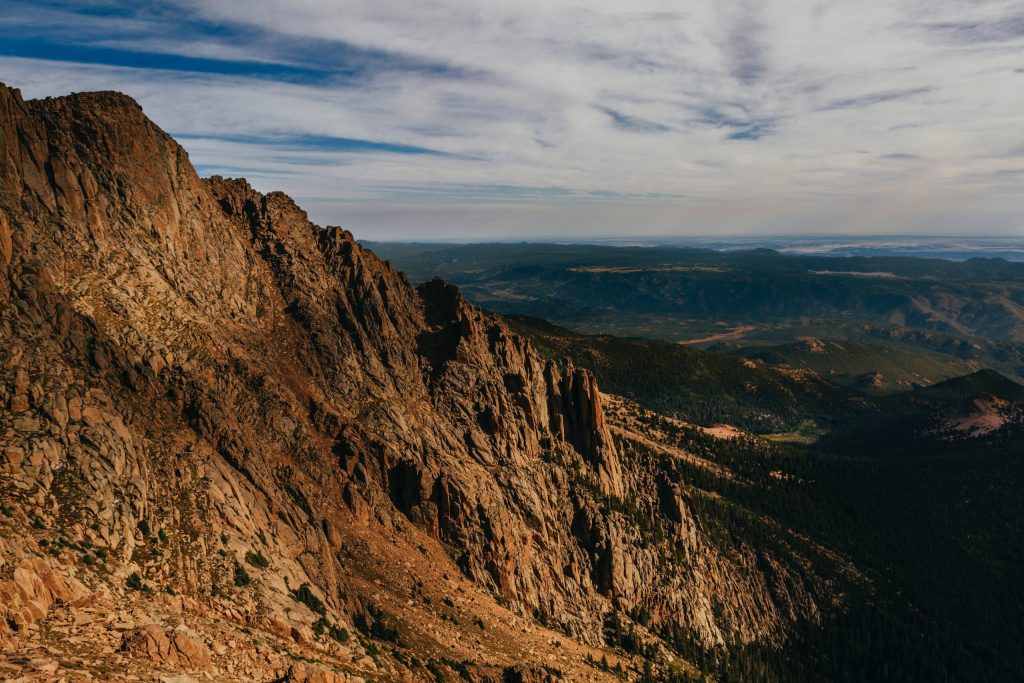
Pikes Peak is known for its breathtaking views—and deadly lightning storms. The Barr Trail, which ascends Colorado’s tallest peak, is notorious for lightning strikes, especially in the summer.
The trail climbs 7,400 feet over 13 miles, and much of the hike is above the treeline, where hikers are exposed to the elements.
Colorado leads the nation in lightning-related deaths, and the conditions on Pikes Peak make this hike especially dangerous. Hikers should plan their climb carefully, watching the weather and being prepared to turn back if necessary.
Must Read: 10 Most Dangerous Highways in the U.S: Is Your Daily Commute on This List?
8. Jack Mountain, North Cascades National Park, Washington
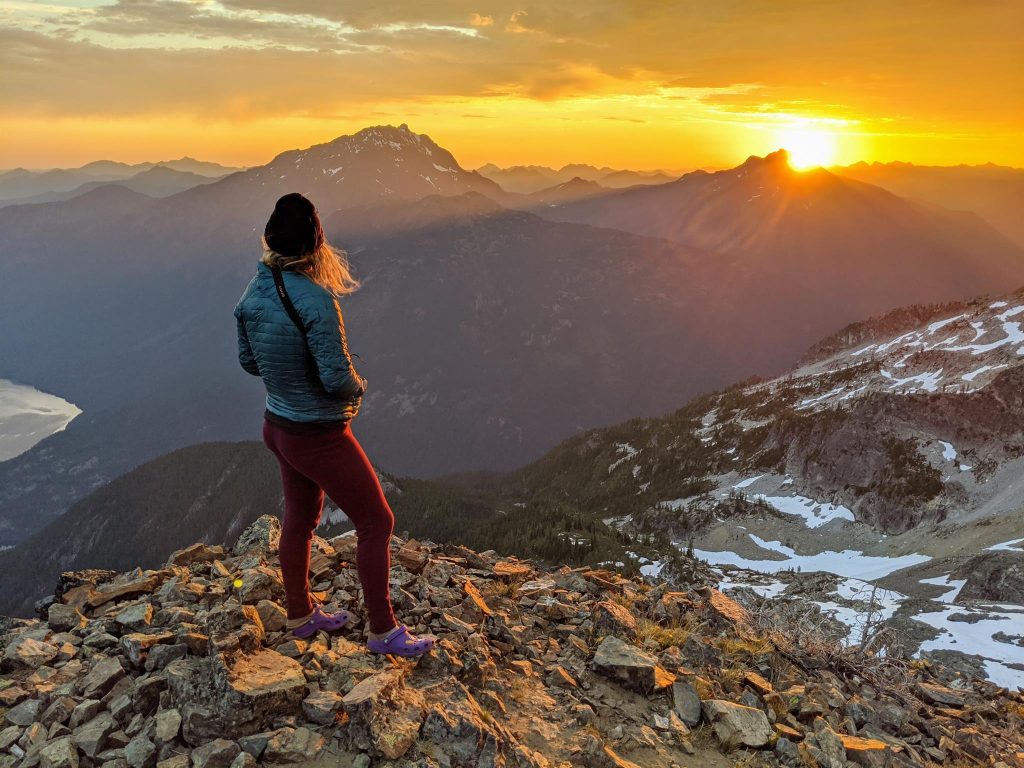
North Cascades National Park has the highest death rate per capita of any U.S. national park, and Jack Mountain is one of its most challenging hikes. The ascent involves class 4 scrambling, loose rock, and the possibility of year-round snow.
Hikers must also contend with unpredictable weather and difficult navigation. It’s a remote, technical climb that requires alpine experience and the right gear. For those who make it to the top, the views are stunning, but the risks are ever-present.
9. Presidential Traverse, New Hampshire
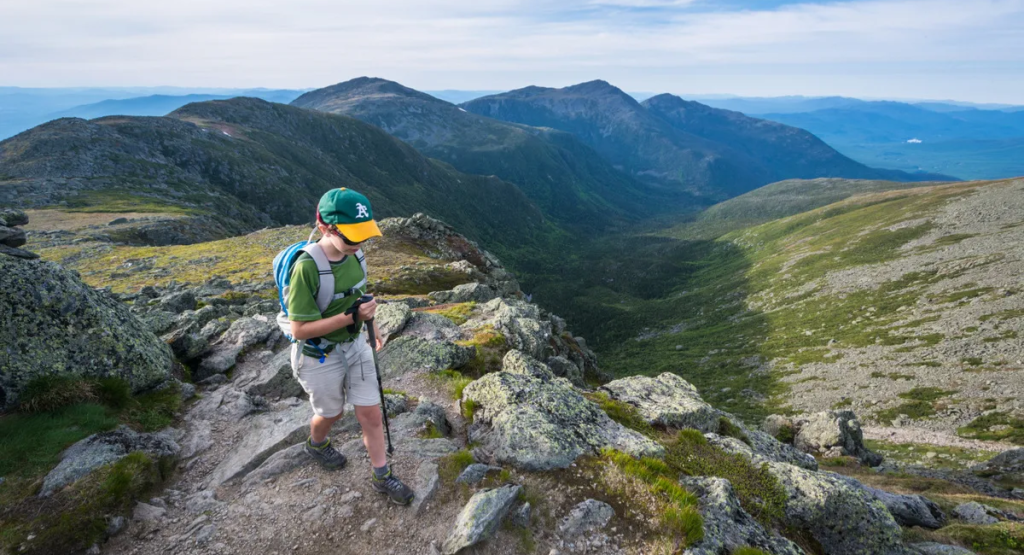
The Presidential Traverse is a 20.4-mile trek across New Hampshire’s White Mountains, including the infamous Mount Washington. Known for having the worst weather in the world, Mount Washington has recorded wind speeds of up to 231 mph.
The rapidly changing conditions in the White Mountains make this hike exceptionally dangerous. Sunny skies can quickly turn into freezing, windy storms, and many hikers have been caught off-guard. Proper preparation is key to surviving this iconic yet treacherous journey.

